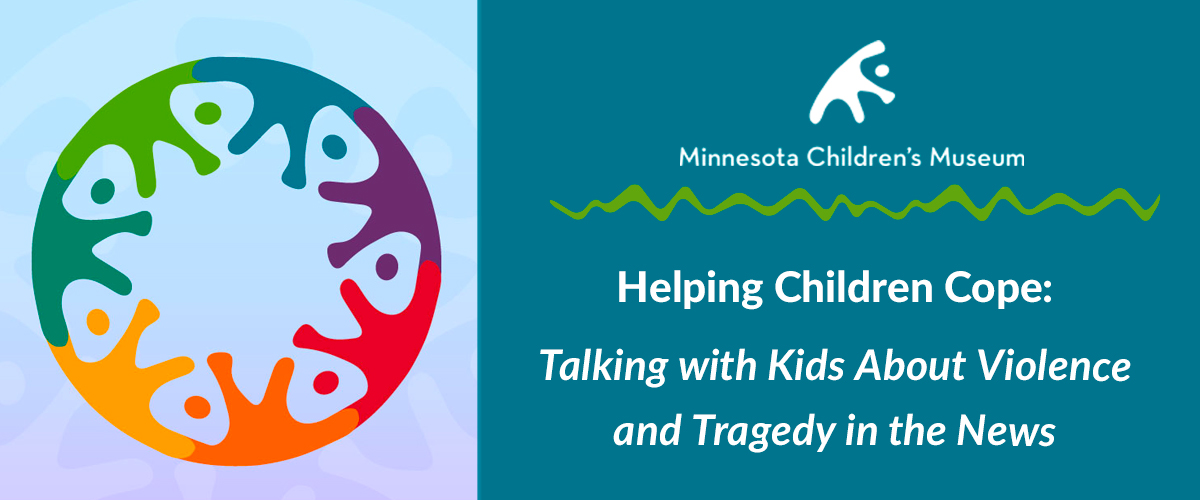
When violent acts dominate the news, it can be hard to know how to talk to kids about such tragedies. The instinct for many adults might be to shield children from the scary or upsetting news.
But kids are often more aware than we realize, picking up on body language and physical cues from grownups and absorbing information from their peers and surroundings. This can leave them scared and confused.
It’s important for parents and caregivers to proactively talk to kids about tragic events when they happen. Adults can help kids put traumatic events into perspective in an age-appropriate way so that kids can understand and process the messages they are hearing. Having these conversations also helps establish a sense of safety while allowing children to work through emotions they are feeling.
Here’s a list of resources for helping kids cope with tragedies in the news.
Resources on Talking to Children About Violence in the News
Sesame Street on Violence
Sesame Street has put together a variety of resources on how to help kids understand and cope with violence on the news and in their communities. Includes videos, articles, activities and more.
American Academy of Pediatrics: Talking with Children About Tragedies & Other News Events
The AAP offers advice for how to start conversations after a disaster or tragedy. It also provides tips for talking with young kids, older kids, kids with developmental delays and kids on the Autism spectrum.
National Association of School Psychologists: Helping Children Cope with Terrorism for Families and Educators
Resources on how to establish a sense of safety in the midst of tragedies, stress and trauma. NASP also has resources on talking to children about violence with specific talking points on helping children feel safe returning to school.
On Our Sleeves: Talking to Kids About Current Events
A short how-to guide with tips for talking to kids when violent or tragic events happen in the news.
APA: Helping Children Manage Distress in the Aftermath of a Shooting
Help children make space for their feelings through conversation. The American Psychological Association has tips for starting the conversation and maintaining a sense of safety.
Spark and Stitch: Helping Kids Cope with Tragedy
For a roadmap on where to begin, Spark and Stitch gives straightforward tips on talking about violence and mass shootings with your children, broken down by age group.
Tending to Yourself
Lastly, remember to care for yourself, too – the APA also has tips on managing your distress in the face of these tragedies. Don’t be afraid to ask for help if you need it; speak to a trusted friend or family member to process together, or call the National Parent Hotline.
